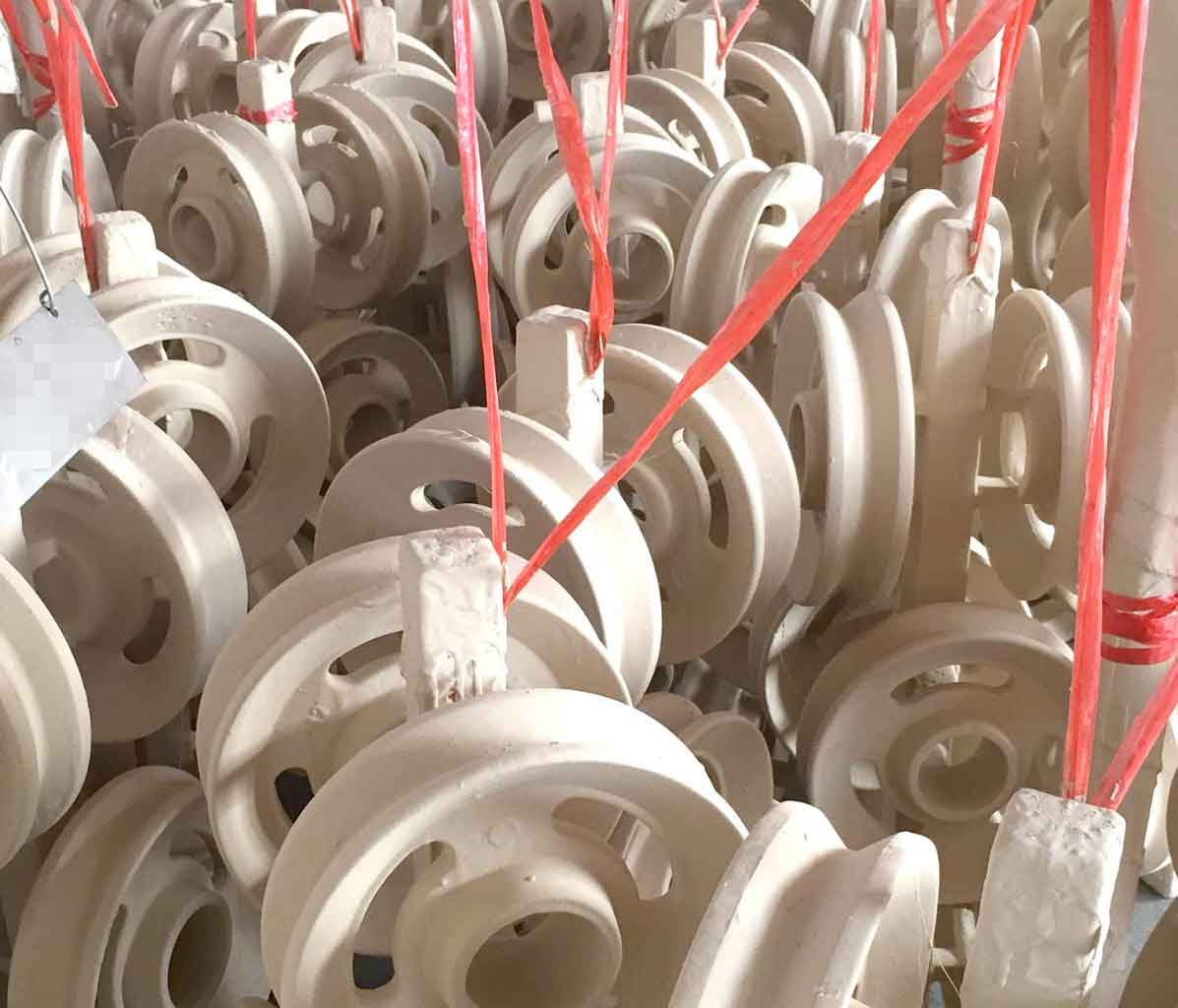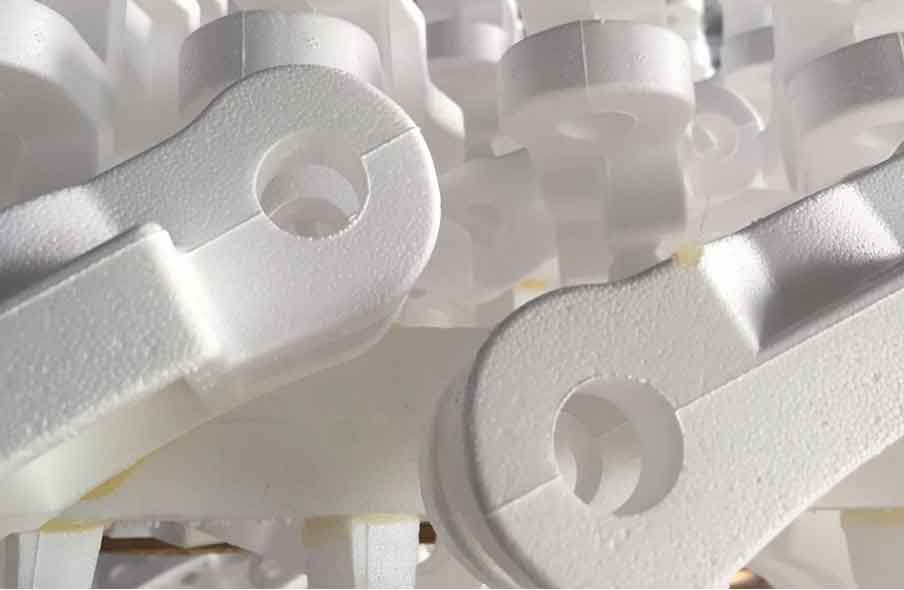The theoretical research of lost foam casting started late. In the 1950s and 1960s, some research was carried out on the forming principle and process of binder sand lost foam casting. Since the 1980s, attention has been paid to the forming process of dry sand lost foam casting. In sand casting, the filling speed of molten metal is controlled by the gating system. In dry sand lost foam casting, when liquid metal is filled, an air gap is formed between the liquid metal and the pattern, which is filled with the decomposition products of the pattern, and complex physical and chemical interactions occur between the decomposition products and liquid metal. Compared with the traditional sand casting method, the influencing factors and laws of lost foam casting filling process are more complex. The actual filling speed depends on the dynamic balance between static head and back pressure.

At present, scholars at home and abroad have done a lot of research on the filling process of aluminum alloy lost foam casting and achieved many useful results. The process of producing aluminum alloy castings by lost foam casting is also relatively mature. For the experimental research on the filling process of lost foam casting of iron castings, only a few documents have reported the influence of some factors, and the understanding of the filling process law is far from clear. The theory of filling process of gray iron lost foam casting is still in the development stage.

The comprehensive effects of process parameters pouring temperature, pattern density, liquid metal hydrostatic head, coating permeability, ingate area, vacuum degree and pattern thickness on the filling speed of gray cast iron lost foam casting were studied by orthogonal experimental design method. Through regression analysis, a linear regression equation was established. On this basis, the influence of the determined main process factors on the filling process is deeply studied, so as to grasp the law of the influence of the main process factors on the filling characteristics, and have a further understanding of the physical and chemical phenomena of the filling process.
